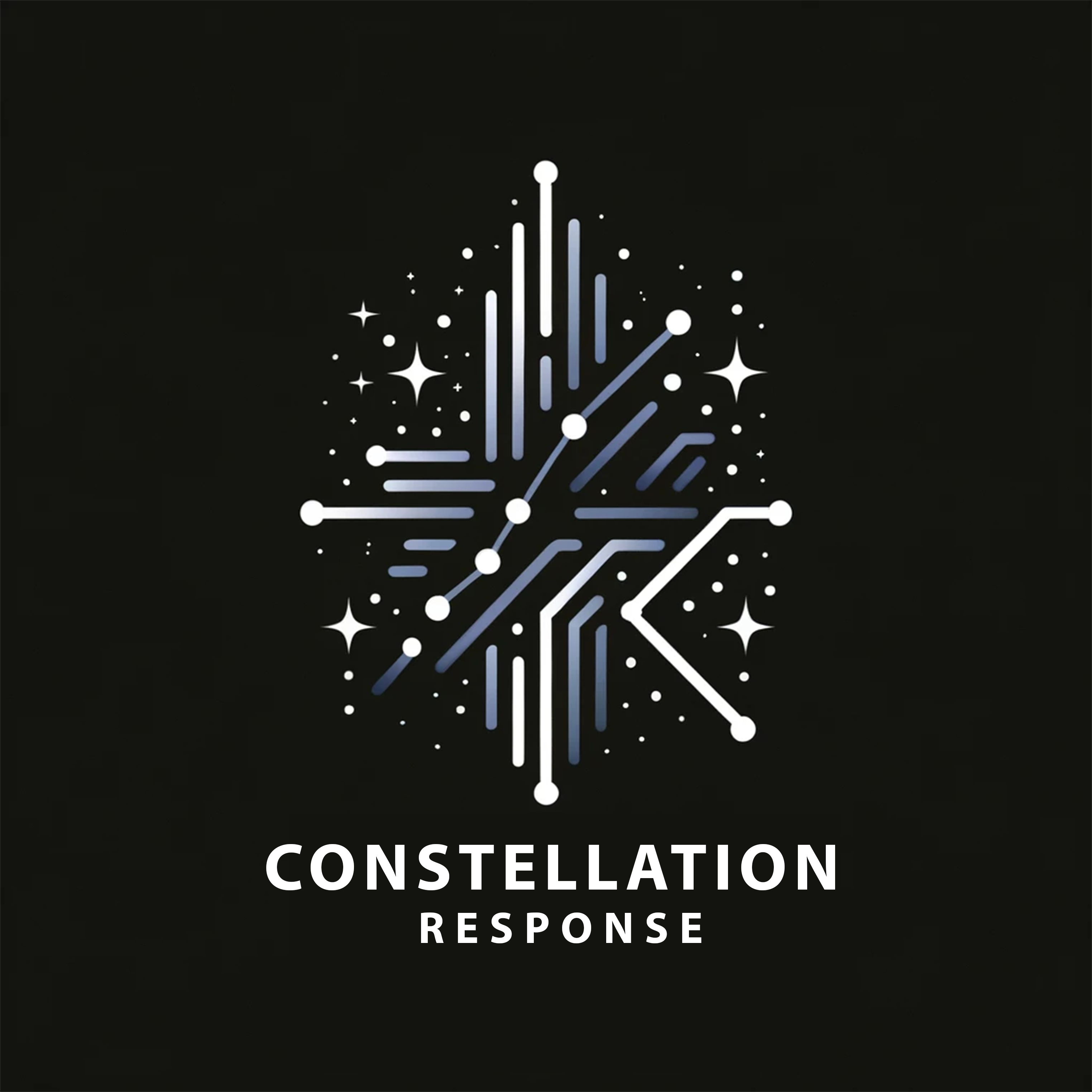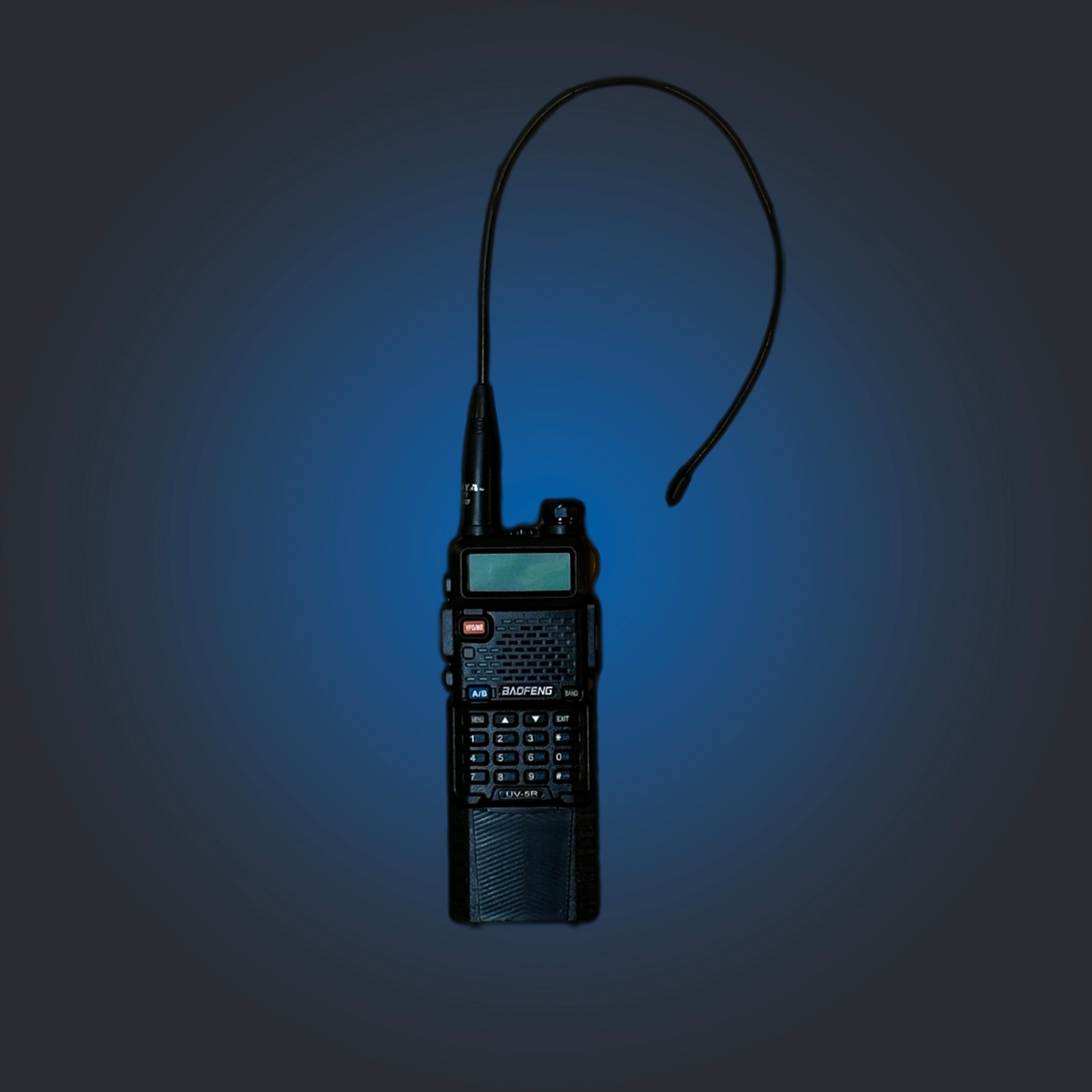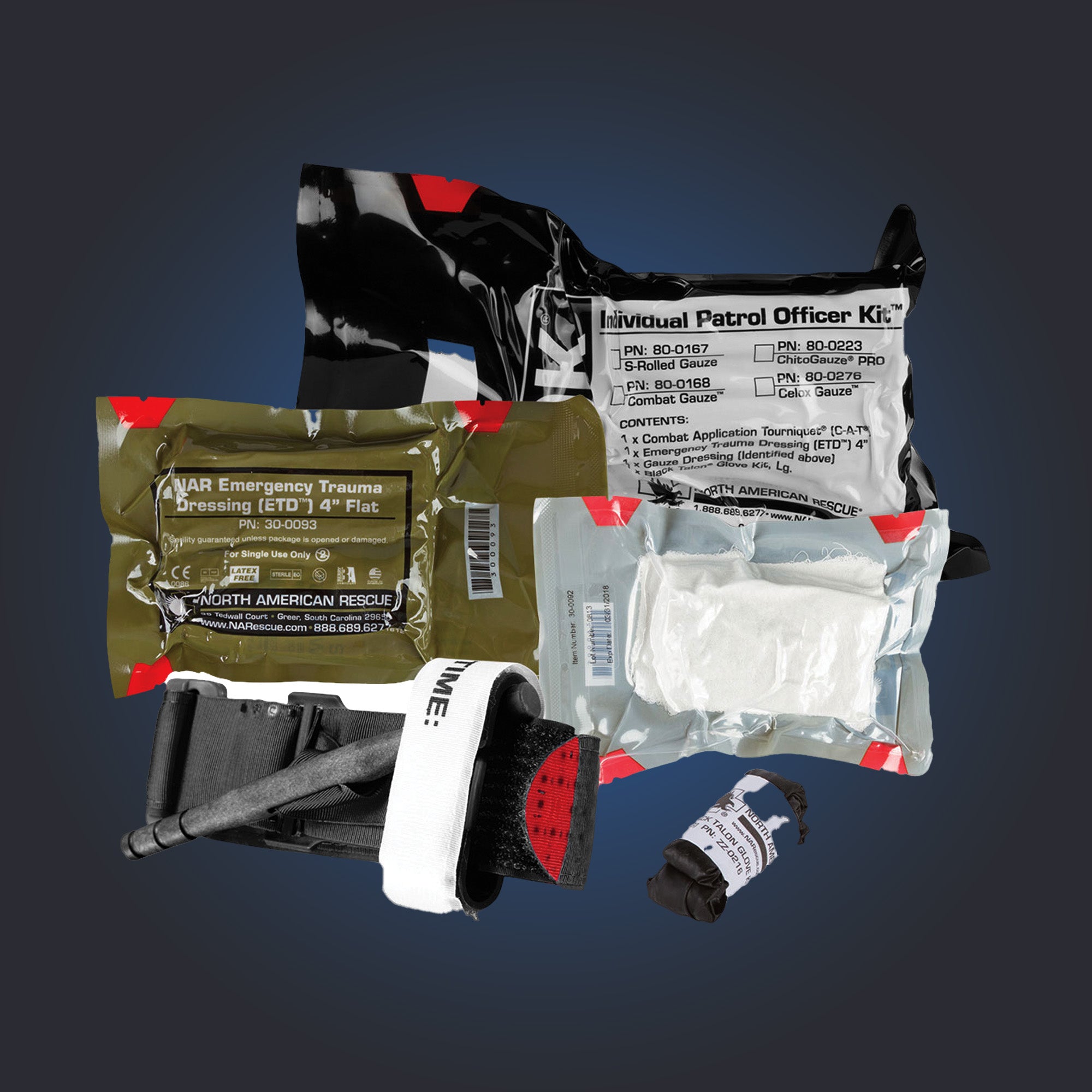Ok, let's talk radio licenses. There are a ton of options, and while this thread won't cover all of them, we're going to discuss a few of the best options you might want to consider.
You don't need a license to turn on a radio. Listening is always free; you can buy any radio you want and start listening. But things get tricky when you want to join the conversation.
So, let's assume you actually want to talk to people - what do you need to know?
Let's start with the most straightforward option: GMRS. GMRS radios do require a license, but it's more like a fee to the government. It's $35, lasts for 10 years, and covers you and your immediate family. If you want to pick one up, here's a link to make it happen: https://www.fcc.gov/wireless/support/knowledge-base/universal-licensing-system-uls-resources/applying-new-license
Other pros include the fact that they are super simple to use. GMRS is "channelized," which means the radio works like a TV. Switch to the channel you want to talk on, and voila! You're chatting. You can also hand radios out to your normie family and have them covered under your license. And what's more, you can even use repeaters with GMRS radios. We have a winner, right?
Well, not quite. GMRS is limited by its power. Generally, less power = less range. They are still superior to those blister-pack radios you can get at Walmart, but they are not exactly the choice if you need to make contact further out. Places where they excel are in neighborhoods for disaster preparedness or a neighborhood watch, or if you are into hiking or overlanding. Within those niches, they work great.
Now onto HAM radio - which is probably why you came here. Ham Radio has three licenses - Technician, General, and Amateur Extra. Technician will allow you to press the talk button on most handhelds - technically, any radio transmitting in certain parts of the 70 CM and 2-meter bands.
The licensing on this one is a bit more involved. You have to study for a test, which is going to cover a lot of things you may not care about. You have to either take it in person or take it remotely live with a proctor monitoring you over Zoom. If that doesn't sound like too much of a barrier, the license only covers you and no one else, so anyone else you want to talk to on the HAM bands needs a license.
HAM makes up for it though - the power of the radios means they can reach out just that much farther. And if you acquire the next license up from Technician (General) you can access HF bands, which can reach hundreds of miles (or even across the globe) directly to whoever you want to talk to.
If you are interested in radios for disaster preparedness—which, if you're following us, we assume you are—getting involved with civilian disaster relief nets like ARES and RACES or becoming a volunteer firefighter RTO is worth considering. These topics are a bit too involved for this thread, but we will cover them more in-depth later.
The learning curve is not for everyone, but if you're reading this, you should give it a try. Great resources here are hamstudy.org hamradioprep.com, as well as the youtube channel Ham Radio Crash Course.
Something to keep in mind about licenses - if privacy is a concern, you'll want to get a PO box. You must register your address with the FCC which is on a public record when you obtain a license. This opens up a vector for doxxing which you should take into account. However, a PO box will avoid a lot of the concerns.
Lastly, if licenses aren't your thing, meshtastic may be. Meshtastic nodes are little devices that pair to your phone and send text messages and data via a network of other meshtastic devices. Imagine if your phone made calls not by connecting to a tower but to other cell phones. Each routed the call until it connected to the person you were trying to reach.
This is great for a number of reasons.
- They're cheap, so you can set up your own network with little investment.
- No license required
- They use strong encryption so no one else can read your messages
- They can plug into other tactical and mapping applications which we'll explore later.
- They are jamming and detection-resistant because they use the same frequency range as other consumer electronics.
Cons are
- No voice support
- coverage may be limited in your area.
So which one do you go with? Well, that's a trick question.
Ideally, you are stacking multiple comms solutions together, Meshastic and GMRS or a HAM handheld radio stack well together for communicating over short distances, and an HF radio for making contacts over long distances can ensure that you can communicate no matter what happens in the future.
If you're interested in picking up a radio or meshtastic device, we sell them on our site and offer free consultations to answer any questions you have - you can check them out at the link below!
https://constellationresponse.com/collections/comms
Don't forget to follow for more information we'll be rolling out here soon!




